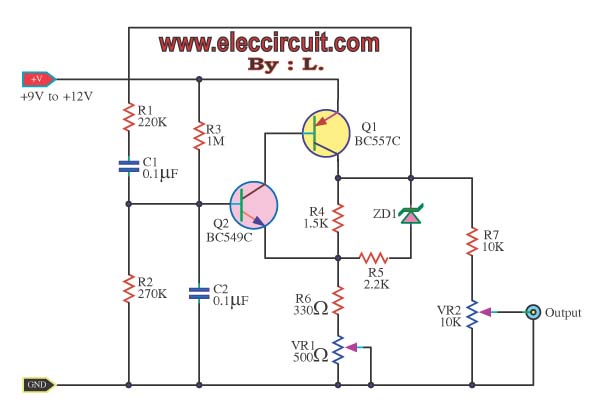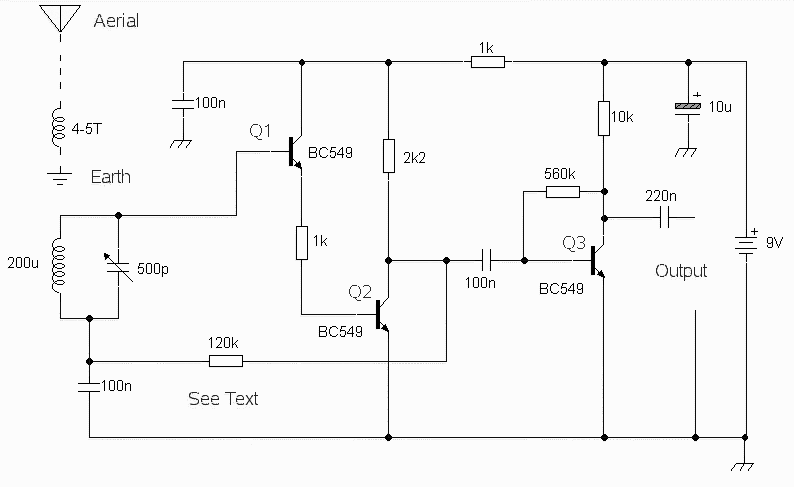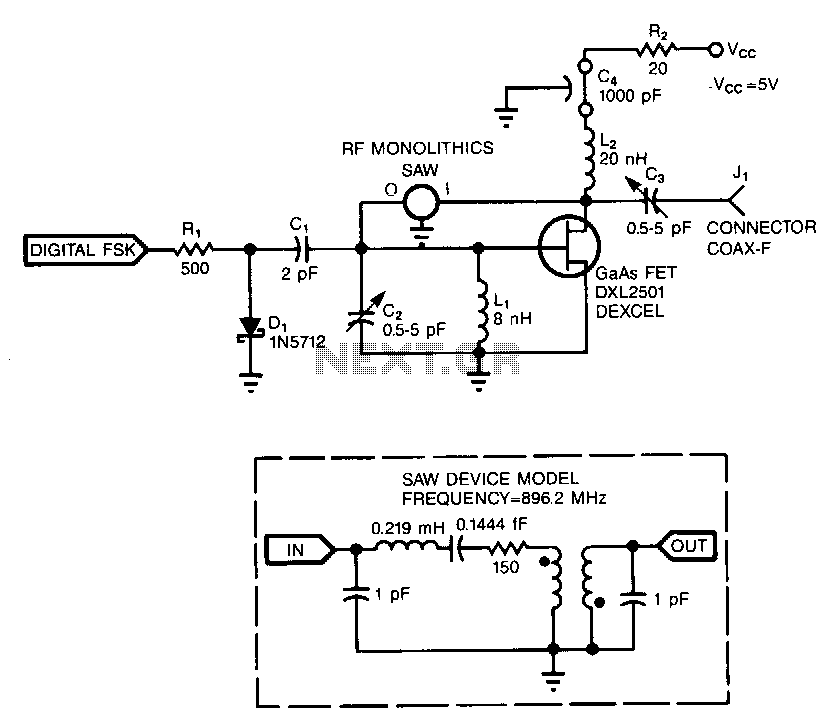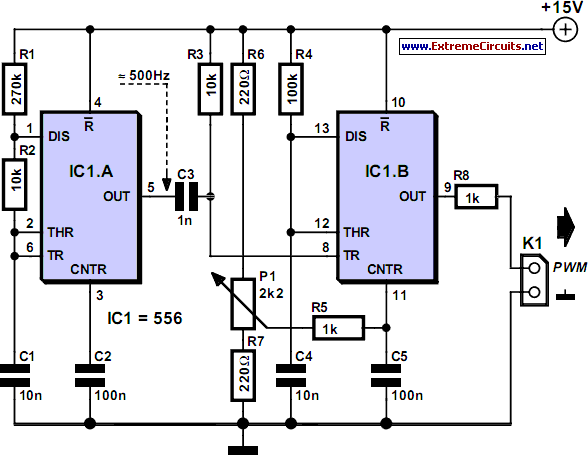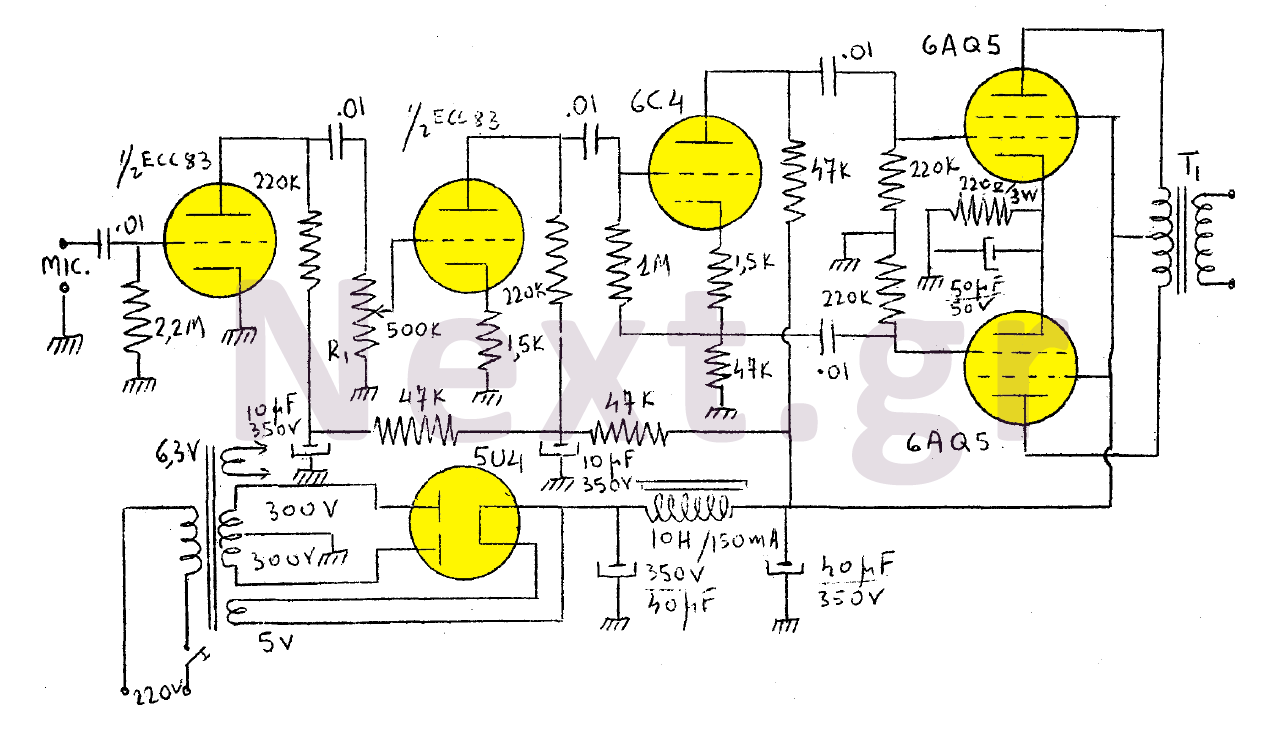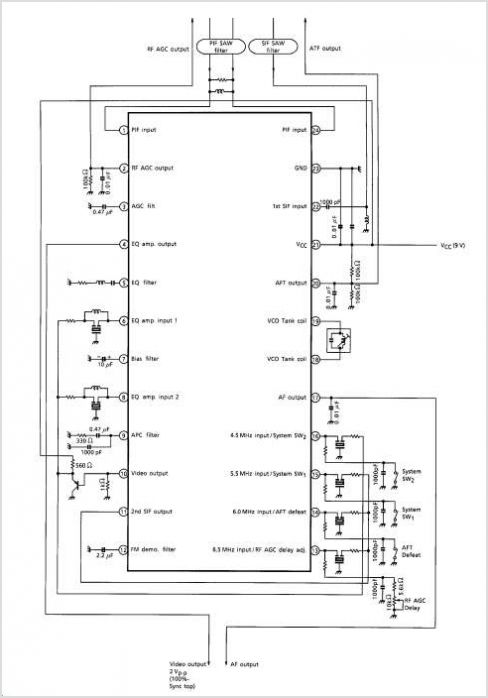
amplitude modulator
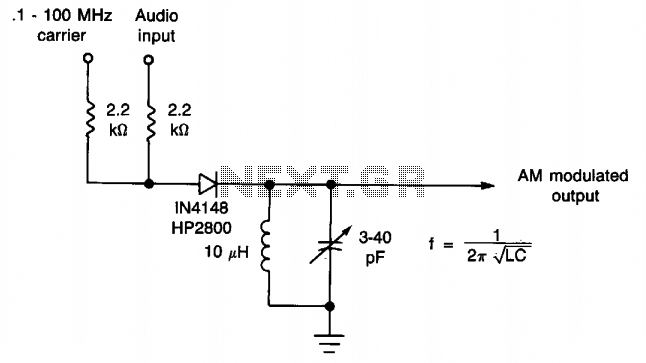
This simple diode modulator provides excellent performance for high percentage modulation at low signal levels. The constants are specified for a carrier frequency of approximately 10 MHz; however, with an appropriate tank circuit, the design can achieve satisfactory results at any frequency where the diode functions effectively as a switch. To extend the frequency range beyond the capabilities of the IN4148 diode, a hot-carrier diode (such as the HP2800) may be used as a replacement.
A shunt resistor can be placed across the tank circuit to lower the circuit's Q factor, enabling high percentage modulation without significant distortion.
This diode modulator circuit is characterized by its simplicity and effectiveness in achieving high modulation percentages, making it suitable for various applications in communication systems. The design operates on the principle of using a diode as a switch to modulate the carrier signal. The key parameters of the circuit include the carrier frequency, which is ideally set around 10 MHz for optimal performance with the specified components.
The use of a tank circuit is critical in this design, as it determines the resonant frequency and the overall performance of the modulator. The tank circuit is typically composed of an inductor and a capacitor, which together form a resonant LC circuit. The quality factor (Q) of this tank circuit is a measure of its selectivity and bandwidth; a higher Q indicates a narrower bandwidth and greater selectivity. However, for applications requiring high percentage modulation, a lower Q factor is often desirable to prevent distortion in the output signal.
Incorporating a shunt resistor across the tank circuit allows for control over the Q factor. By adjusting the resistance value, the designer can fine-tune the circuit to achieve the desired balance between modulation depth and signal fidelity. This flexibility makes the diode modulator adaptable to various signal conditions and modulation requirements.
For applications that demand operation at higher frequencies, substituting the IN4148 diode with a hot-carrier diode like the HP2800 enhances the circuit's performance. Hot-carrier diodes are designed to operate effectively at higher frequencies, making them suitable for modern communication systems that require precise modulation at elevated carrier frequencies.
Overall, this diode modulator circuit is a versatile solution for achieving high percentage modulation in low-level signals, with options for customization based on frequency requirements and modulation fidelity.This simple diode modulator delivers excellent results when used for high percentage modulation at low signal levels. Constants are shown for a carrier frequency of about 10 MHz, but, with a suitable tank, the circuit will give good results at any frequency at which the diode approximates a good switch.
To extend frequency above that for which the IN4148 is suited, a hot-carrier diode (HP2800, etc.) can be substituted. A shunt resistor across the tank circuit can be used to reduce the circuit Q so as to permit high percentage modulation without appreciable distortion.
A shunt resistor can be placed across the tank circuit to lower the circuit's Q factor, enabling high percentage modulation without significant distortion.
This diode modulator circuit is characterized by its simplicity and effectiveness in achieving high modulation percentages, making it suitable for various applications in communication systems. The design operates on the principle of using a diode as a switch to modulate the carrier signal. The key parameters of the circuit include the carrier frequency, which is ideally set around 10 MHz for optimal performance with the specified components.
The use of a tank circuit is critical in this design, as it determines the resonant frequency and the overall performance of the modulator. The tank circuit is typically composed of an inductor and a capacitor, which together form a resonant LC circuit. The quality factor (Q) of this tank circuit is a measure of its selectivity and bandwidth; a higher Q indicates a narrower bandwidth and greater selectivity. However, for applications requiring high percentage modulation, a lower Q factor is often desirable to prevent distortion in the output signal.
Incorporating a shunt resistor across the tank circuit allows for control over the Q factor. By adjusting the resistance value, the designer can fine-tune the circuit to achieve the desired balance between modulation depth and signal fidelity. This flexibility makes the diode modulator adaptable to various signal conditions and modulation requirements.
For applications that demand operation at higher frequencies, substituting the IN4148 diode with a hot-carrier diode like the HP2800 enhances the circuit's performance. Hot-carrier diodes are designed to operate effectively at higher frequencies, making them suitable for modern communication systems that require precise modulation at elevated carrier frequencies.
Overall, this diode modulator circuit is a versatile solution for achieving high percentage modulation in low-level signals, with options for customization based on frequency requirements and modulation fidelity.This simple diode modulator delivers excellent results when used for high percentage modulation at low signal levels. Constants are shown for a carrier frequency of about 10 MHz, but, with a suitable tank, the circuit will give good results at any frequency at which the diode approximates a good switch.
To extend frequency above that for which the IN4148 is suited, a hot-carrier diode (HP2800, etc.) can be substituted. A shunt resistor across the tank circuit can be used to reduce the circuit Q so as to permit high percentage modulation without appreciable distortion.
